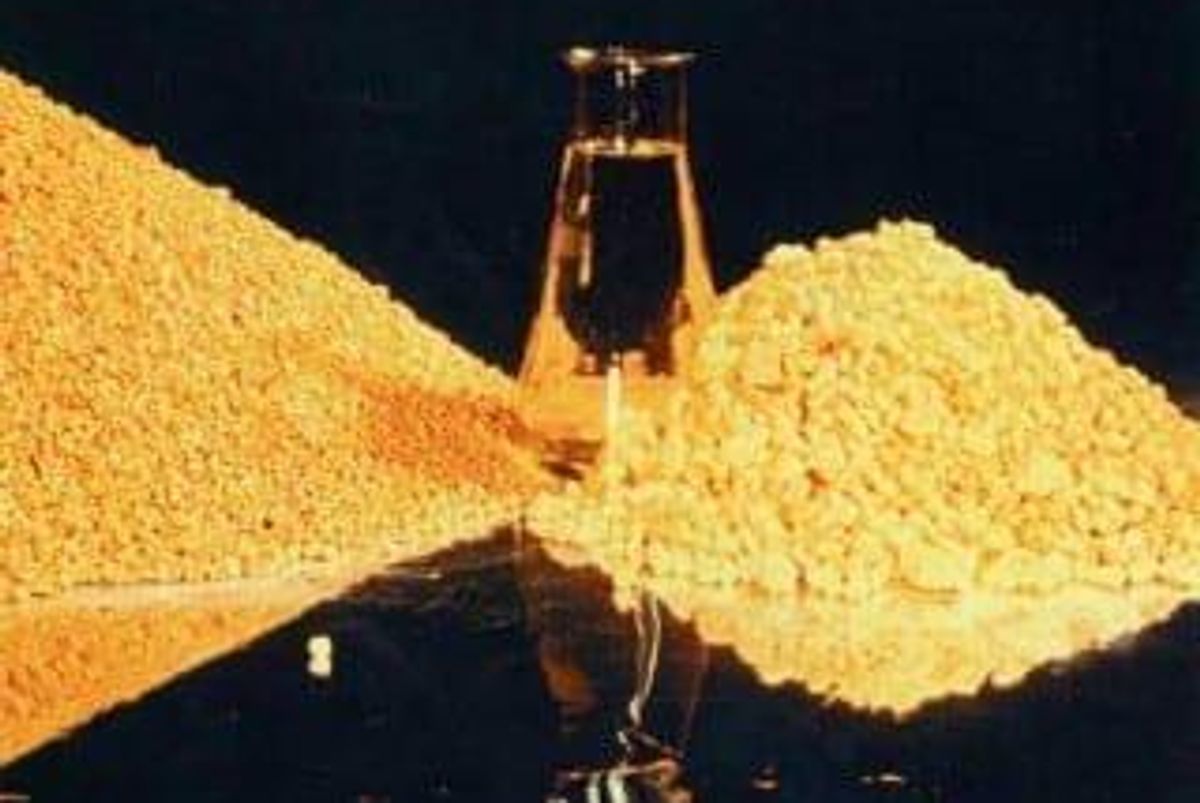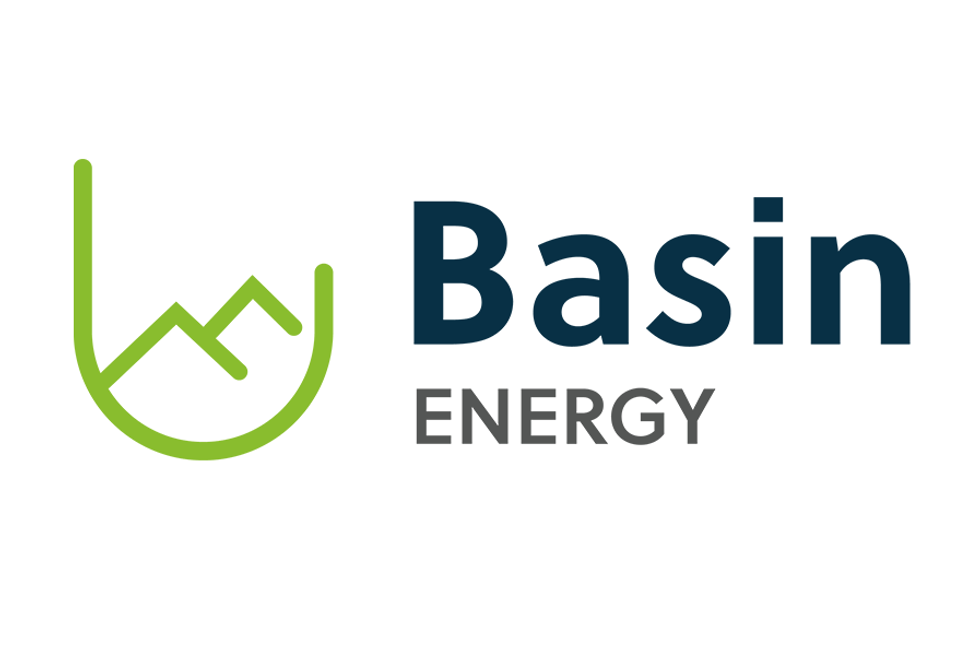
The uranium spot price has declined in the past year, but higher nuclear demand from China, India and the UAE are expected to give the metal a boost in its prices.
Go here for our latest on the uranium price.
The uranium spot price has declined in the past year, but higher nuclear demand from China, India and the United Arab Emirates (UAE) is expected to give the metal a boost in price.
The price of uranium was under pressure over the course of the last month, trading at $29.10 per pound on April 15, which was 1.4 percent higher than in March.
Overall, uranium is down 14.9 percent on a year-to-date basis, with its current price at $27.60 as of May 9.
Impact on the uranium spot price
The April edition of the FocusEconomics Consensus Forecast Commodities report indicated that even though Japan has been able to restart some of its nuclear facilities after the Fukushima disaster in 2011, uranium remains oversupplied due to secondary sources, such as excess inventories and nuclear reprocessing.
However, in addition to high nuclear demand, a drying up of secondary supply sources should help tighten up the market. Panelists surveyed in the report expect the price of uranium to average $40.20 per pound in the fourth quarter of 2016, and steadily increasing through 2017 to an average of $45.50 in the fourth quarter.
Of course, this doesn’t quite fall in line with uranium predictions made for 2016. In September 2015, Dundee Capital Markets predicted that uranium prices would reach $55, which it hasn’t been able to reach to date.
Uranium industry update
Platts recently wrote that uranium miners and traders are suffering from oversupply, low prices, lack of liquidity and low demand from utilities. There’s little expectation that market conditions will improve in the short-to-medium term.
At a conference in Abu Dhabi last month, Nick Carter, executive vice president with Ux Consulting said the spot uranium price could stay in the low $30 per pound for quite some time. This is because of an expected excess in near-term supply of approximately 25 million to 30 million pounds of U308 between 2016 and 2019.
Carter reportedly does not see a supply deficit in the market until the late 2020s, due to the current supply gut.
Meanwhile, one of the world’s biggest uranium mining companies, Cameco (TSX:CCO), took a hit in April when it announced its plans to shutter operations at its Rabbit Lake, Saskatchewan operation— eliminating 500 jobs in Canada. The company also announced that it would reduce its production in the US.
This comes after the company reported an unexpected first-quarter adjusted loss due to soft uranium prices and low demand, forcing Cameco to lower its uranium production forecast for the year. The company’s production for 2016 was cut to 25.7 million pounds from 30 million, down from 28.4 million pounds in 2015.
How are junior mining companies doing?
Despite weaker uranium prices, several junior mining companies have been keeping busy with exploration work.
Forum Uranium (TSXV:FDC) announced in April that it had completed eight widely-spaced diamond drill holes, totalling 1,362 metres along a 10-kilometer long electromagnetic conductor on its Highrock Property. This first pass drill program successfully identified several areas of interest for further drilling, with geochemical results expected this month.
Last week, NexGen Energy (TSXV:NXE) announced assay results for 13 angled holes from its winter 2016 drilling program on its Rook I property in the Athabasca Basin of Saskatchewan.
Garrett Ainsworth, vice president of exploration, commented in the release, “Hole AR-16-76c1 takes its place as one of the best drill holes on public record in the Athabasca Basin with a continuous GT of 762. The expansion potential at Arrow is evident as we continue to observe drill holes with substantial high grade intervals located outside of the A2 high grade domain.”
Finally, Fission Uranium (TSX:FCU) announced in April that it had hit new intercepts of high grade mineralization at its PLS property, host to the Triple R deposit, also in the Athabasca Basin.
Ross McElory, president, said, “These results show it’s still very early days here at PLS. Fission’s exploration drilling has delivered high-grade, near-surface assays 2.34km apart on a 2.58km mineralized trend that is already the largest footprint in the Athabasca Basin region. In other words, exploration growth has been strong this winter and we have a number of exciting exploration targets on our hit list for this summer.”
Don’t forget to follow us @INN_Resource for real-time news updates!
Securities Disclosure: I, Jocelyn Aspa, hold no direct investment interest in any company mentioned in this article.
Editorial Disclosure: Forum Uranium is a client of the Investing News Network. This article is not paid for content.





